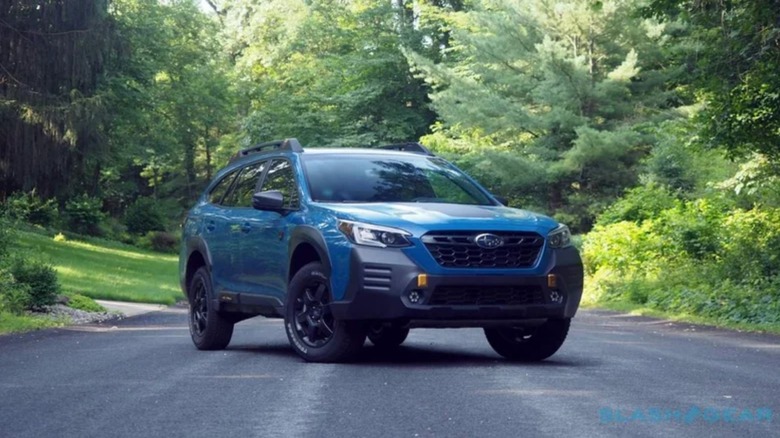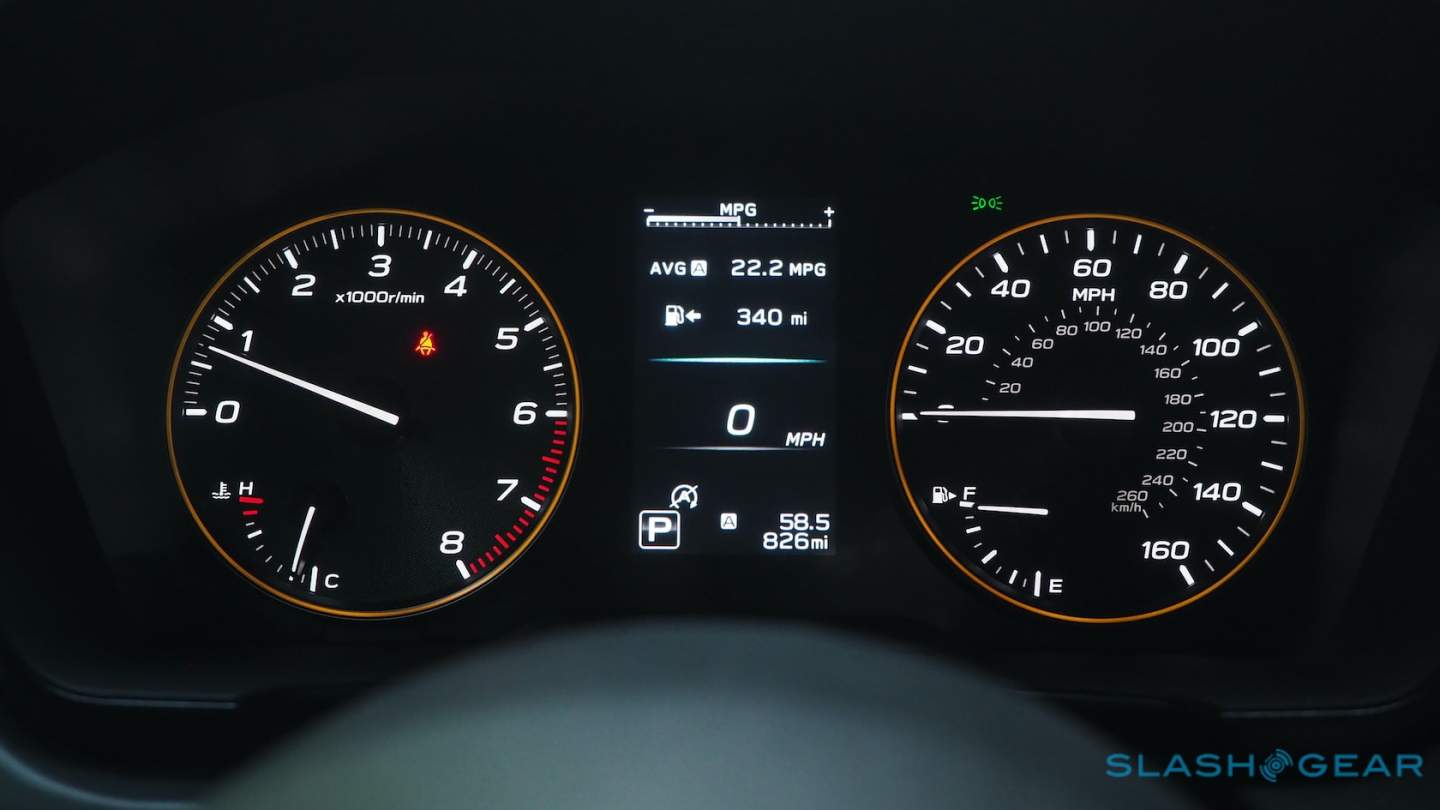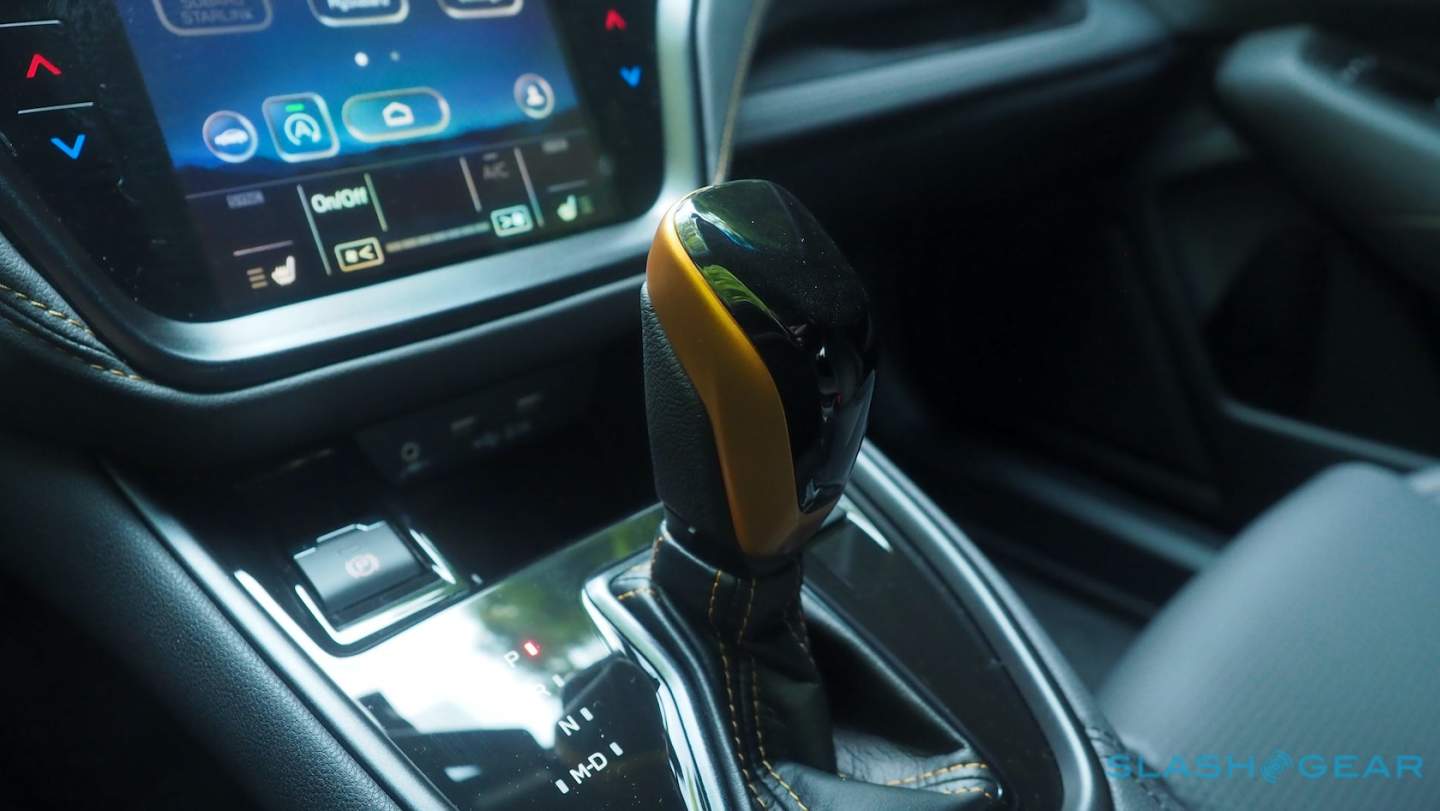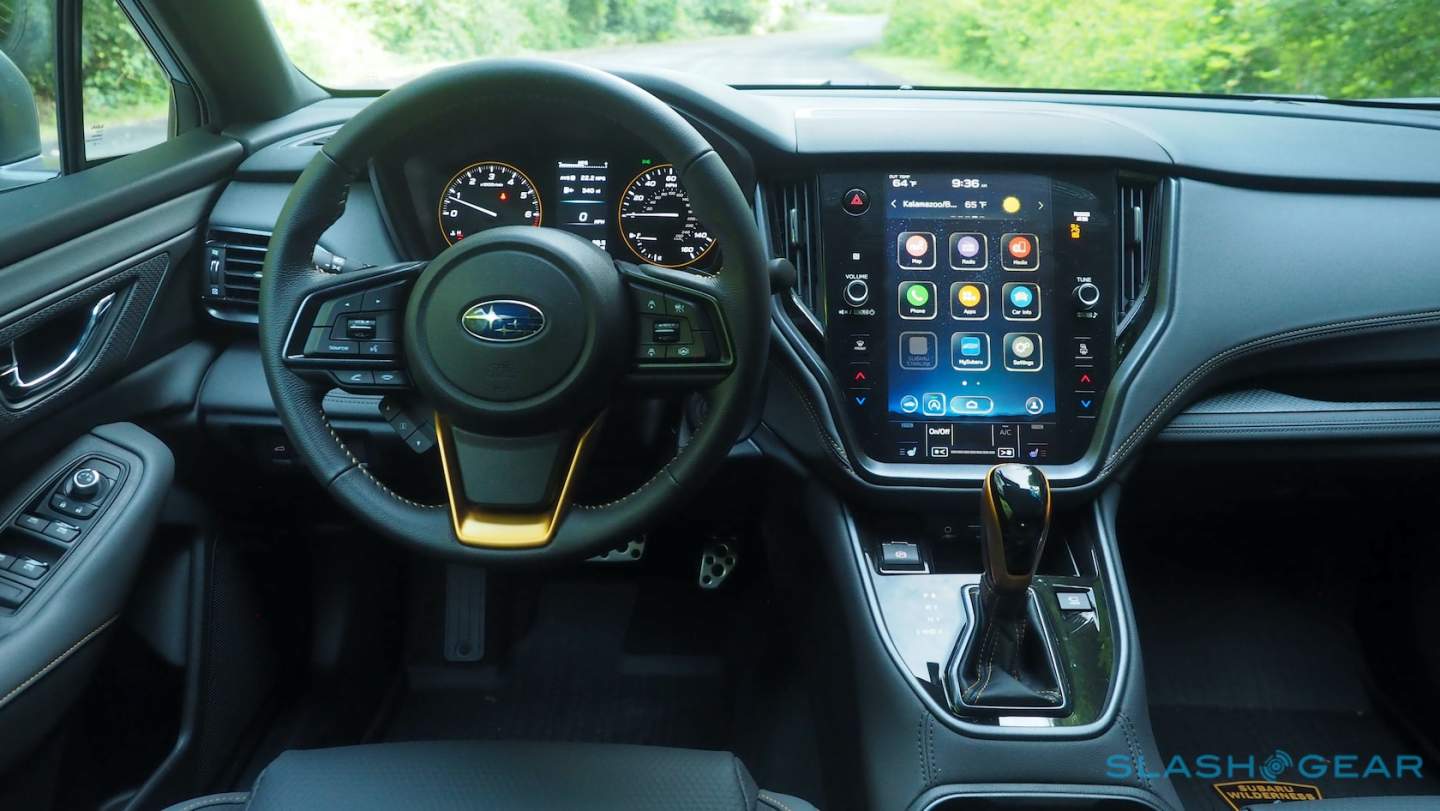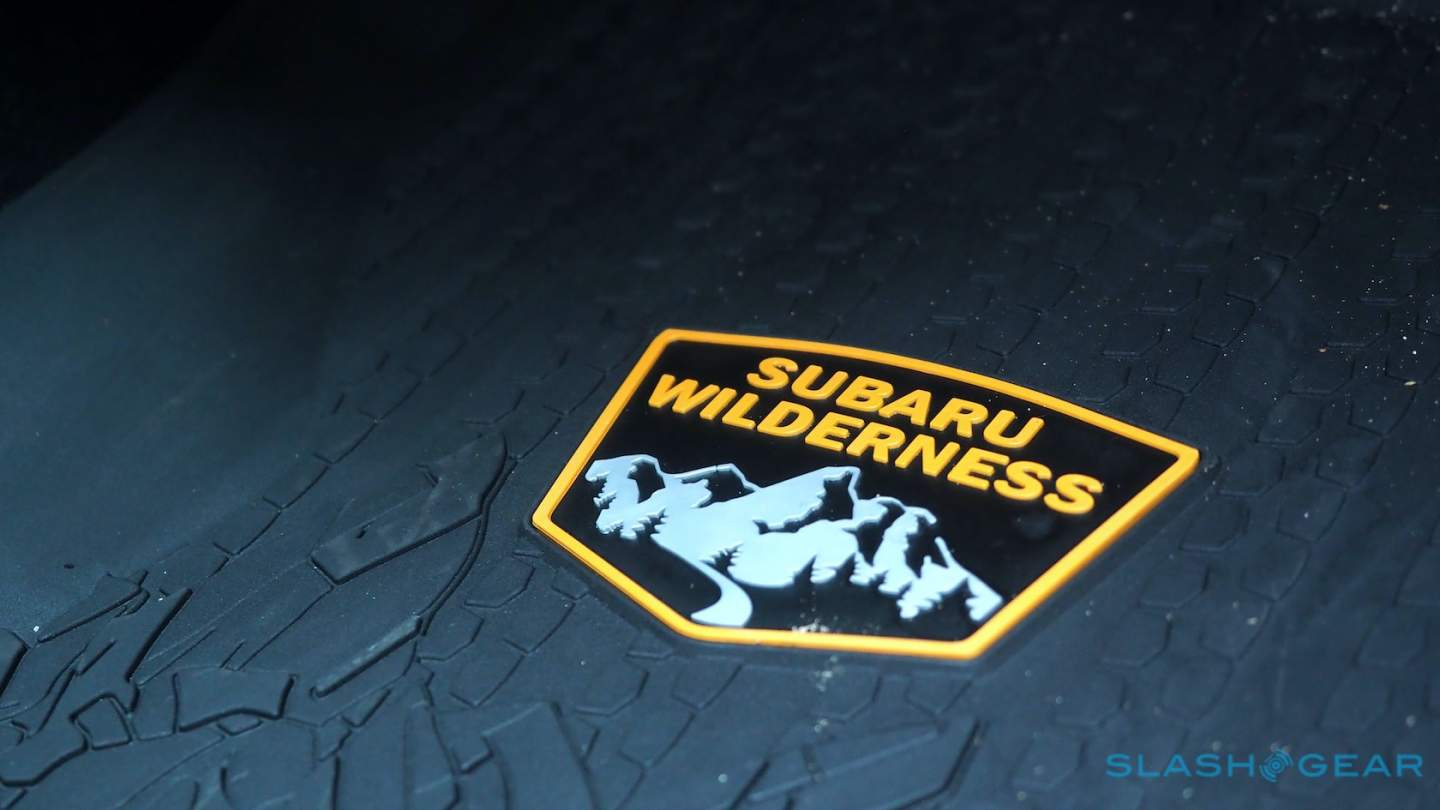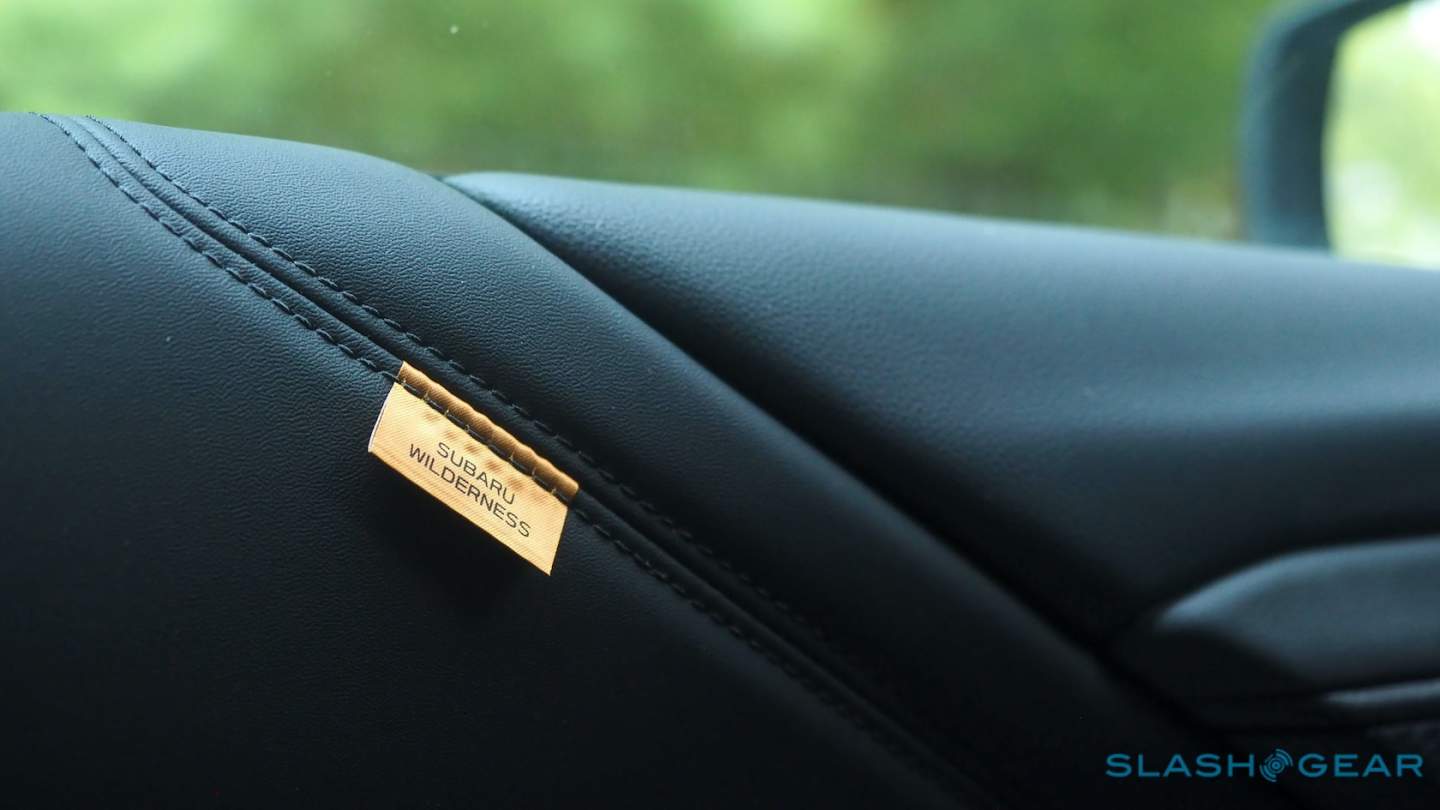2022 Subaru Outback Wilderness Review
- Wilderness trim adds the extras off-roaders want
- Styling upgrades are handsome and practical
- Spacious cabin should stand up to rough treatment
- Strong level of standard safety tech
- Off-road changes make for a softer ride
- Economy isn't as good as non-Wilderness version
- CVT doesn't suit enthusiastic drivers
Subaru gives you all-wheel drive as standard, and the 2022 Outback Wilderness would like to make a suggestion as to just what you should do with it: roam well off the beaten path. The automaker's newest trim level, Wilderness have started out on the Outback but it's already spreading through the rest of the range – most recently to the new Forester – but there's more to see here than just a badge.
In fact, there are a fair few differences to distinguish the regular 2022 Outback from this Wilderness version. Most obvious is price: you can get a base Outback from $26,945 (plus $1,125 destination), whereas the Outback Wilderness kicks off at $36,995 (plus destination).
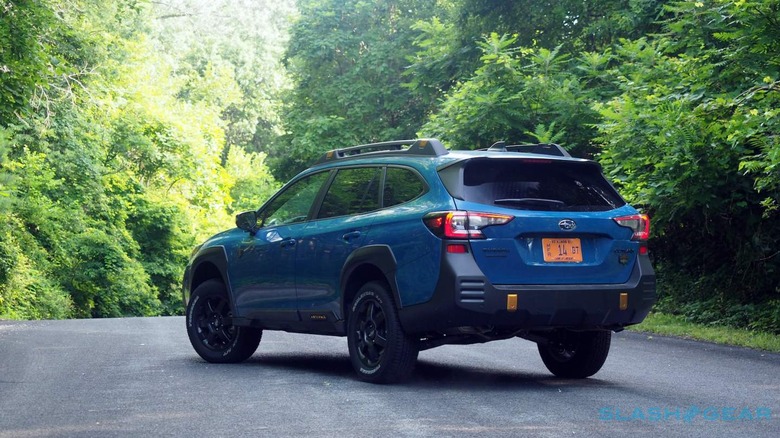
The extra outlay gives you some factory-fit options that don't stray too far from what you might expect Outback enthusiasts to already be considering. There's a 0.8-inch lift in ride height – taking the total to 9.5-inches – plus a broader front and rear track than the regular car. Approach, departure, and break-over angles are improved, with restyled bumpers that stretch their scuff and scratch protection over a little more of the bodywork.
New front and rear shock absorbers and coil springs have been added, the wheels get chunkier plastic arch claddings, a 220 pound-rated ladder-type roof rack (rated for 700 pounds when parked) is fitted, plus a front skid plate and hexagon-styled LED front foglights. Subaru then throws on some copper accents and even a front hood decal, which the automaker claims will help reduce glare while you're braving the noonday sun.
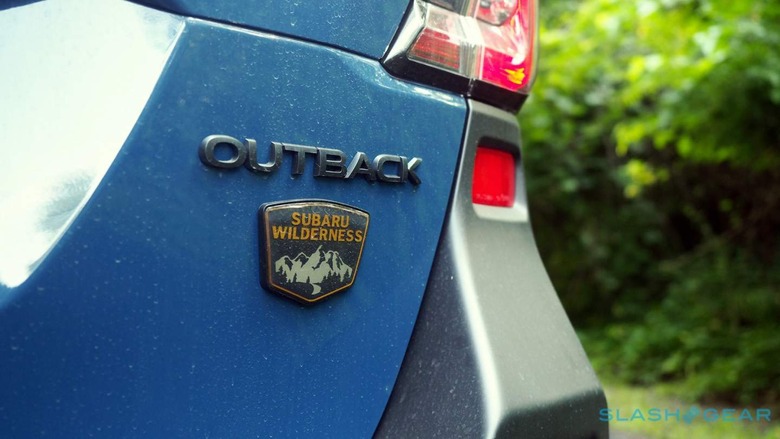
Underneath is the same, 2.4-liter Boxer four-cylinder turbo gas engine as the regular Outback, here good for 260 horsepower and 227 lb-ft of torque. The continuously variable transmission (CVT) is carried over too, along with the all-wheel drive and active torque vectoring. Subaru does, though, shorten the final drive ratio: trimming it to 4.44:1 so as to bump up the low-end torque. It'll tow up to 3,500 pounds.
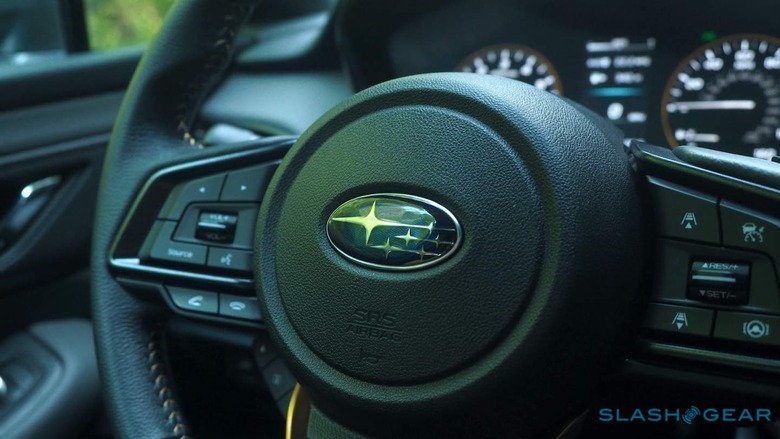
In practice, while it doesn't quite leave the Outback Wilderness a go-anywhere steed, it does boost the general flexibility that Subaru is known for. The nice thing about the automaker's decision to make AWD standard across the board has been that it means one less decision: you just know you're getting the most traction on offer. Now, you can add the reassurance of better clearance to that too.
On the road, that's mostly a blessing and a very mild curse. Standing taller, combined with the 225/65R-17 Yokohama Geolandar A/T tires on the handsome 17-inch black finish alloys, makes for a somewhat softer ride with some lean in the corners. The CVT suffers – like many of its ilk – with a lack of zeal from a standing start. Once you're off the mark, though, the Wilderness feels reasonably perky, and it's a comfortable ride, though the grippier rubber is a little noisy.
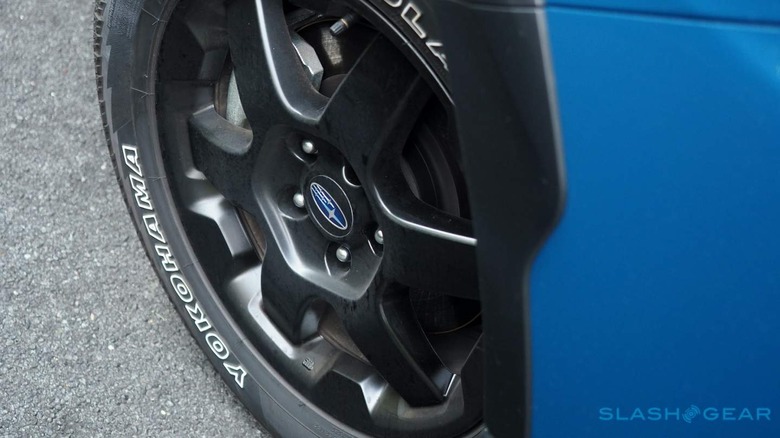
The various changes take their toll on fuel economy. The EPA rates the 2022 Outback Wilderness at 22 mpg in the city, 26 mpg on the highway, and 24 mpg combined. I saw just north of 22 mpg in my own, mixed driving. The regular Outback Turbo is rated for 26 mpg combined.
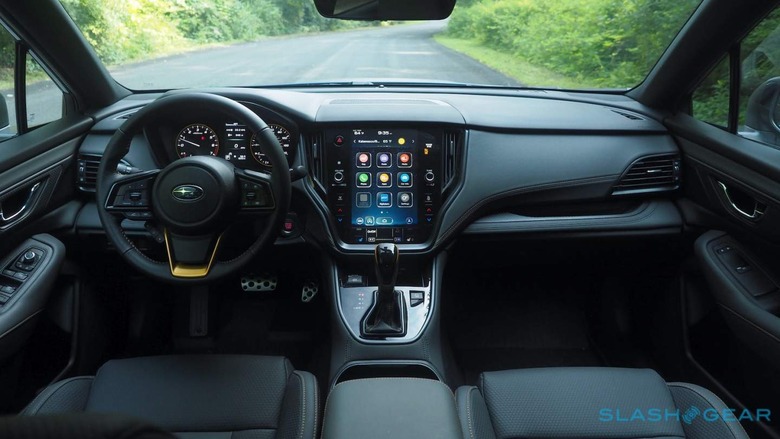
Inside, the Wilderness changes include StarTex water-repellent seats, special embossed rubber floor liners, more copper accents, and some matching tags stitched in. An 11.6-inch portrait-aspect touchscreen with Subaru's Starlink infotainment is standard, with Apple CarPlay and Android Auto, dual front and rear USB ports, and EyeSight Driver Assist. The latter includes automatic emergency braking, adaptive cruise control with lane centering, lane departure and sway warnings, and blind spot warnings with rear cross-traffic alerts.
There's no 360-degree camera, but along with the reversing camera you do have a useful 180-degree front view monitor. Subaru hopes you're use it for navigating through tricky trails, but it's just as helpful to avoid the curbs in tight parking lots.
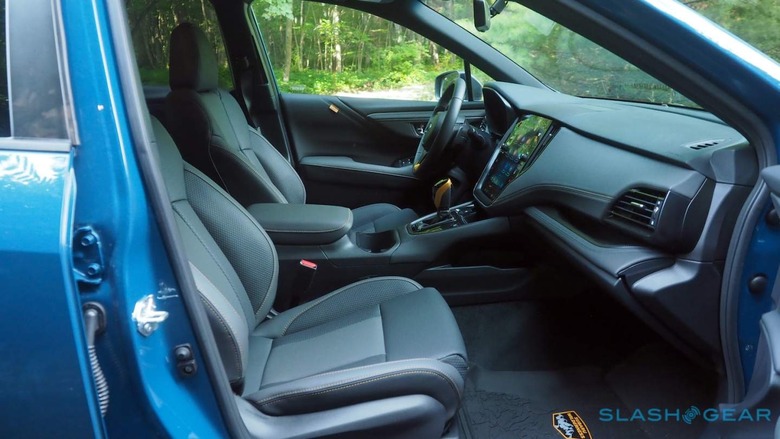
Dual zone automatic climate control, heated front and rear seats, wiper de-icers, keyless access, and a 10-way power driver's seat are standard, too. $1,845 adds navigation, a power moonroof, and reverse automatic braking. That took my review car to $39,965 all-in.
It's a spacious cabin, and I like how Subaru's touchscreen allows its own UI and a smartphone-projected interface to coexist. The copper detailing does just about enough to lift it from otherwise looking a little drab; I'm also glad to see that the confusing multiple displays in earlier Subaru models have been retired in favor of fewer, but larger panels.
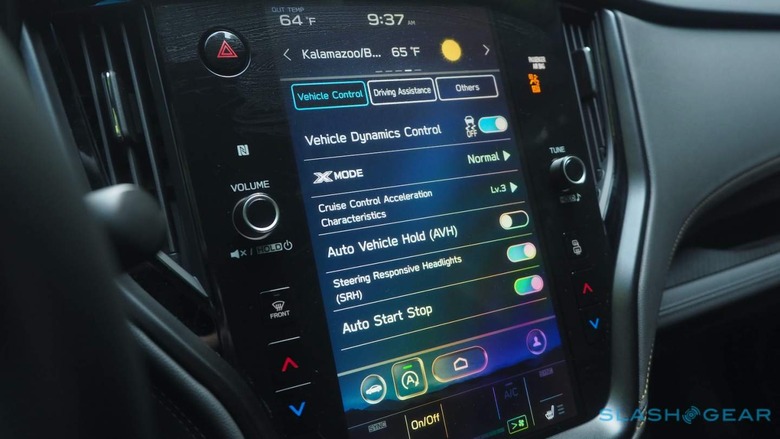
Through those you'll access the different drive options in X-Mode, Subaru's off-road system. Snow/Dirt and Deep Snow/Mud are your only picks: honestly, most of the time you can just leave the Outback Wilderness to its own devices, and rely on getting through the majority of hassles you might stumble across.
With the rear seats up, you get 32.5 cu-ft of cargo space. That expands to a healthy 75.7 cu-ft with them dropped down. Subaru hides a full-size spare wheel back there, too.
2022 Subaru Outback Wilderness Verdict
The Wilderness strategy is something of a no-brainer for Subaru. After all, plenty of its owners are already raiding third-party catalogs for trail-rated parts. This way, you get the convenience of having the essentials factory-fitted, plus no potential damage to the standard 3 year/36,000 mile warranty.
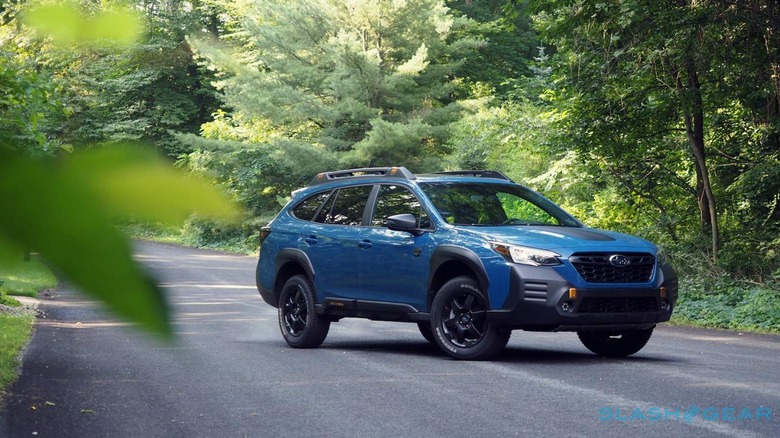
The downsides are fairly obvious, too. A slight hit on fuel economy, slightly squishier ride quality, and you have to like Subaru's styling flourishes as well. I think this Geyser Blue model looks just dandy with the chunky black cladding; you might feel differently.
Overall, though, there's a whole lot to like here. Subaru's changes feel more practically-led than for the sake of style, and they leave what was already a fond favorite among those who spend time off the asphalt being even more capable.
